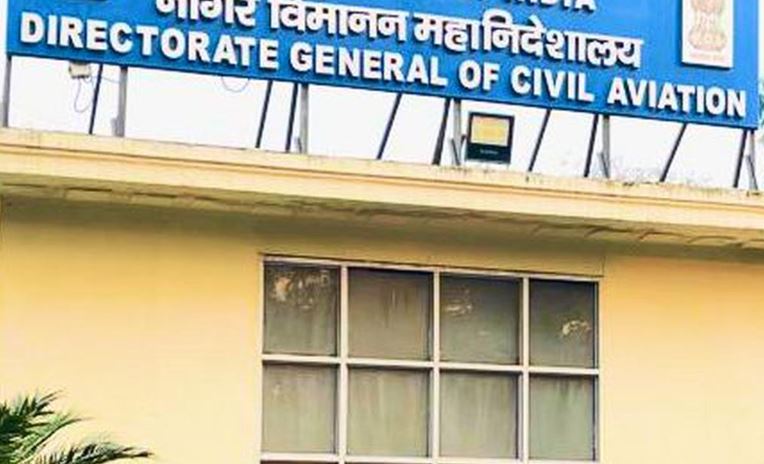The Directorate General of Civil Aviation (DGCA) has recently mandated stringent safety standards for ground handling service providers (GHSPs) at Indian airports, aiming to bolster safety protocols amidst escalating air traffic.
Groundbreaking Regulations: DGCA’s Mandate for Safety
In a bid to fortify operational safety in the face of mounting complexities and increased aircraft movements, the DGCA has introduced comprehensive Civil Aviation Requirements (CAR). These regulations, issued on July 10, enforce mandatory safety clearances and stipulate rigorous competency and training criteria for ground personnel involved in airport operations.
Stepping Up Oversight: New Norms and Requirements
Under the revised guidelines, GHSPs are mandated to secure safety clearances within six months from the issuance of CAR. This directive underscores the regulator’s proactive approach to mitigating potential ground incidents that could compromise flight safety and operational efficiency.
Implementing Safety in Aviation Ground Operations
The Directorate General of Civil Aviation (DGCA) has taken proactive steps to regulate and ensure the safety of ground handling operations at Indian airports. This initiative comes at a crucial juncture as India witnesses a rapid expansion in its aviation sector, accompanied by an increase in the complexity of ground operations and the number of third-party service providers.
Regulatory Framework: Strengthening Oversight and Compliance
In response to incidents of aircraft damage and the growing intricacies of ground operations, the DGCA has introduced stringent safety standards. These standards are designed to enhance the quality and reliability of ground handling services by establishing clear mandates for safety clearances, competency requirements for personnel, and the appointment of key managerial roles within GHSPs.
The Evolution of Safety Measures: From Regulation to Implementation
Historically, the ground handling sector has not been subject to the same level of regulatory scrutiny as other segments of the aviation industry, such as flight operations and aerodrome management. The introduction of CAR fills this regulatory gap, aiming to align safety practices across all aspects of airport operations.
Challenges and Growth Trajectory in Indian Aviation
With the exponential growth of aircraft movements and the increasing deployment of larger aircraft and ground support equipment, the operational landscape at airport aprons has become more challenging. The timely implementation of stringent safety measures is therefore critical to safeguarding both passenger safety and operational efficiency.
Addressing Complexities: Operational Challenges and Mitigation Strategies
Airport aprons represent the busiest and most congested areas of airports, where aircraft turnarounds occur under strict time constraints and limited spatial availability. These conditions heighten the risk of operational hazards, necessitating robust safety protocols and continuous training for ground personnel.
Conclusion: Safeguarding India’s Aviation Future
The DGCA’s proactive stance in implementing comprehensive safety standards for ground handling services marks a significant milestone in ensuring the robustness of India’s aviation infrastructure. By mandating stringent regulations and emphasizing operational safety, the regulator aims to foster a secure and sustainable growth trajectory for the country’s burgeoning aviation sector.
In summary, the introduction of CAR by the DGCA represents a pivotal step towards harmonizing safety practices across all facets of airport operations, thereby fortifying India’s position as a global leader in aviation safety and efficiency.
Soumya Smruti Sahoo is a seasoned journalist with extensive experience in both international and Indian news writing. With a sharp analytical mind and a dedication to uncovering the truth, Soumya has built a reputation for delivering in-depth, well-researched articles that provide readers with a clear understanding of complex global and domestic issues. Her work reflects a deep commitment to journalistic integrity, making her a trusted source for accurate and insightful news coverage.



